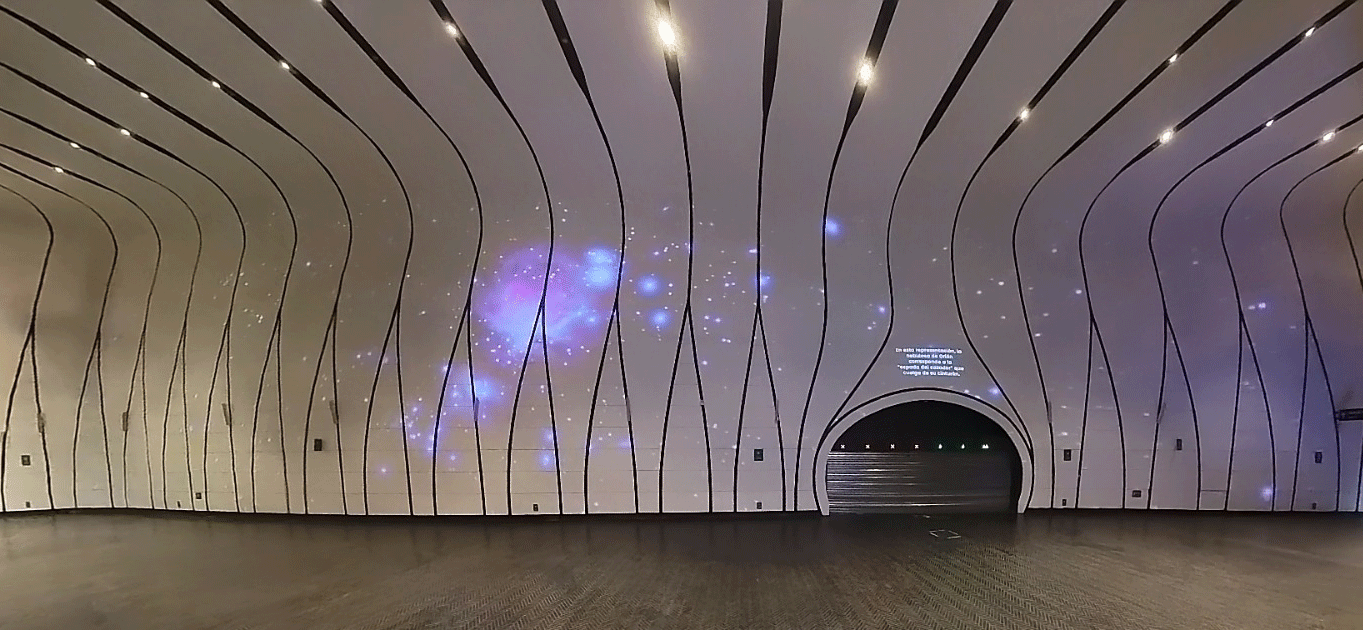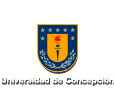[:en]
The goal of this initiative, led by MAS Director Manuela Zoccali, is for people to cooperate in the classification of stars whose brightness varies over time. These stars, called variables, allow us to measure distances and ages from the central part of our galaxy. The most productive users will receive different prizes and recognitions to encourage their cooperation and some may even be included in scientific papers as co-authors.
“Variable Star Zoo” is the name of the new citizen science project that has just been launched by a group of astronomers led by MAS Director and Professor at Universidad Católica, Manuela Zoccali. The aim of this project is to involve the public in the scientific research so that they can understand how astronomers work and with this feel part of the discoveries that are made in our country.
Iván Lacerna, Postdoctoral researcher at MAS and astronomer at Universidad Católica del Norte, is the person in charge of the platform and he explains that “variable stars experience cyclical changes in their brightness for a limited time in their lives. Depending on the mass of the star, both the period and the variation in brightness are different. We need help to classify variables, which means looking at a graph with the variation of brightness in time –known as “light curve”– and to associate a type of variable star to it. A given type of variable, for us, implies a mass for the star, which allows us to determine its distance and its age. With the help of the citizens, we will be able to classify thousands of variable stars that are found in the center of our galaxy, a region that is unexplored due to the large amount of gas and dust that makes their observation difficult. The distances of these variables will allow us to construct a 3D map of the center of our galaxy never seen before. Their ages allow us to reconstruct how and when this region was formed,” states the researcher.
He adds: “Of course, several codes do these classifications automatically, but while they are faster than the human brain, they are not equally accurate. In that sense, another aspect is that the classified variables can be used to improve the existing automatic classification codes.”
According to Ivan, thousands of variables detected in the center of our galaxy could not be classified due to the lack of time and if one or more astronomers were to classify them it would take many years. This makes the inclusion of people even more significant, as they would not only help to do the work faster, but also it serves to integrate them in a scientific project.
Manuela Zoccali explains that to participate in “Variable Star Zoo” you don’t need any previous knowledge in astronomy, but only the motivation to participate in this project. “The idea is that they register on this site (it’s free) and just participate. There is a tutorial that explains, in both English and Spanish, the aspects that need to be considered when classifying light curves. Therefore, this project is recommended for school teachers, who could encourage their students to learn more about astronomy, but at the same time have fun and become more enthusiastic about scientific research and cooperate with it in the process.”
It’s not necessary to register to classify variables on the website: http://www.zooniverse.org/projects/ilacerna/variable-star-zoo/ however, starting up 500 classifications, done carefully through a control sample, people who do register will not only get a certificate of participation, but also different prizes from the Millennium Institute of Astrophysics MAS by reaching different numbers of classifications such as 500, 1,000, 3,000 and 10,000. People will be able to win posters of the Universe in high definition, t-shirts with astronomical designs, infographics, comics, among other prizes. To conclude with a surprise prize for anyone who classifies 10,000 or more variables. Winners and prizes will be announced on MAS’ social media (@astrofisicaMAS on Twitter and Facebook). Finally, the most productive users will be included as co-authors in the scientific papers that will result from this project.[:es]
El objetivo de la iniciativa, liderada por la directora del MAS Manuela Zoccali, es que las personas cooperen en la clasificación de estrellas cuyo brillo varía en el tiempo. Estas estrellas, llamadas variables, nos permiten medir distancias y edades de la zona central de nuestra galaxia. A los usuarios más eficientes se les entregarán distintos premios y reconocimientos incentivando su cooperación e incluso algunos podrán ser incluidos en las publicaciones científicas como co-autores.
“Variable Star Zoo” es el nombre del nuevo proyecto de ciencia ciudadana que acaba de lanzar un grupo de astrónomos liderados por la directora del MAS y académica de la Universidad Católica, Manuela Zoccali. Lo que se busca es involucrar a la ciudadanía en la investigación científica, para que comprenda cómo trabajan los astrónomos y con ello se sientan parte de los descubrimientos que se realizan desde nuestro país.
Iván Lacerna, investigador postdoctoral del MAS y astrónomo de la Universidad Católica del Norte y quien está a cargo de la plataforma, explica que “las estrellas variables experimentan cambios cíclicos en su brillo, en una época acotada de su vida. Dependiendo de la masa de la estrella, tanto el período como la variación de luminosidad son distintos. Necesitamos ayuda en clasificar variables, lo cual significa mirar una gráfica con la variación en el tiempo del brillo — que llamamos “curva de luz” — y asociarle un tipo de estrella variable. Un tipo dado de variable, para nosotros, implica una masa para la estrella, lo cual nos permite determinar su distancia, y su edad. Con la ayuda de la ciudadanía, podremos clasificar miles de estrellas variables que se encuentran en el centro de nuestra galaxia, una región poco estudiada debido a la gran cantidad de gas y polvo que dificultan su observación. Las distancias de estas variables nos permitirán construir un mapa 3D del centro de nuestra galaxia como no se ha hecho nunca antes. Sus edades nos permiten reconstruir cómo y cuándo se formó esta región”, asegura el investigador.
Agrega: “Por supuesto varios códigos hacen estas clasificaciones de manera automática, pero si bien estos son más rápidos que el cerebro humano, no son igualmente acertados. Entonces otra arista es que las variables clasificadas podrán ser usadas para mejorar los códigos de clasificación automática existentes”.
Según cuenta Iván, en el centro de nuestra galaxia se han detectado miles de variables que no han podido ser clasificadas por falta de tiempo y si uno o más astrónomos se pusieran a clasificarlas tardarían muchos años. Eso hace que incluir a la ciudadanía sea aún más significativo, pues no sólo ayudarían a hacer el trabajo más rápido, sino que además se les integra a un proyecto científico.
Manuela Zoccali explica que para participar en “Variable Star Zoo” no se necesita ningún conocimiento previo en astronomía, sino sólo las ganas de participar en el proyecto. “La idea es que se registren allí (es gratis) y que comiencen a participar. Hay un tutorial que explica, tanto en inglés como en español, los aspectos en los que hay que fijarse para clasificar las curvas de luz. Por lo mismo, el proyecto es recomendado para profesores de colegios, que podrían promover que sus alumnos aprendan de astronomía, se entretengan y entusiasmen con la investigación científica y de paso cooperen a ella.”
No es necesario registrarse para realizar las clasificaciones en https://www.zooniverse.org/projects/ilacerna/variable-star-zoo/, sin embargo, a partir de las 500, en que se verifique que fueron hechas con atención a través de una muestra de control, las personas que sí se inscriban no sólo obtendrán un certificado de participación, sino que también distintos premios del Instituto Milenio de Astrofísica (alcanzando distintos hitos de clasificaciones como 500, 1.000, 3.000 y 10.000 clasificaciones), como pósters del Universo en alta definición, poleras con diseños de temas astronómicos, infografías, cómics, entre otros productos. Para terminar, un premio sorpresa para quien clasifique 10.000 o más variables. Premios y ganadores serán anunciados por las redes sociales del MAS (@astrofisicaMAS en Twitter – Facebook/astrofisicaMAS) y finalmente los usuarios más eficientes serán incluidos como co-autores en las publicaciones científicas que resultarán del proyecto.[:]












